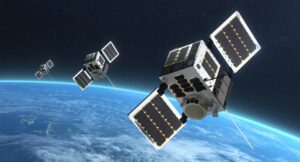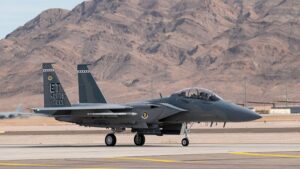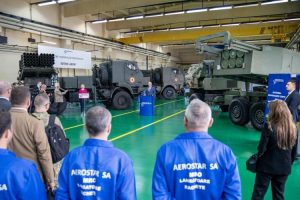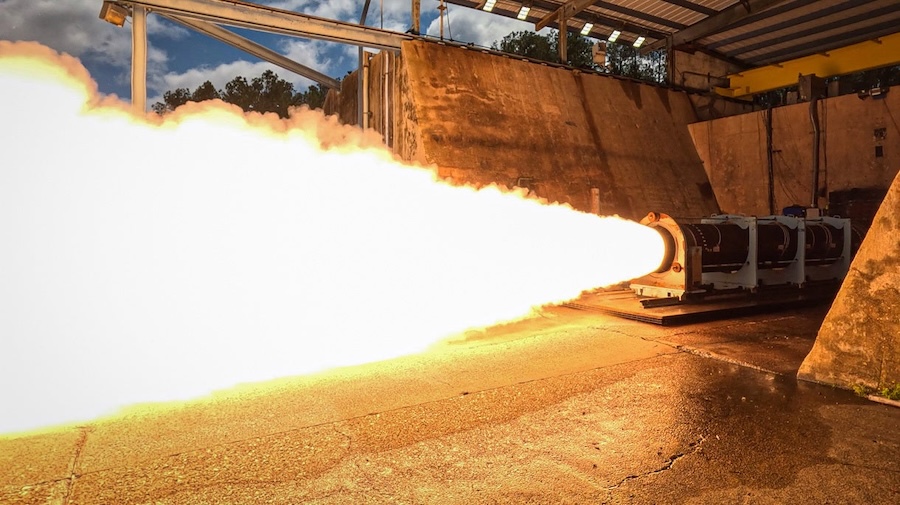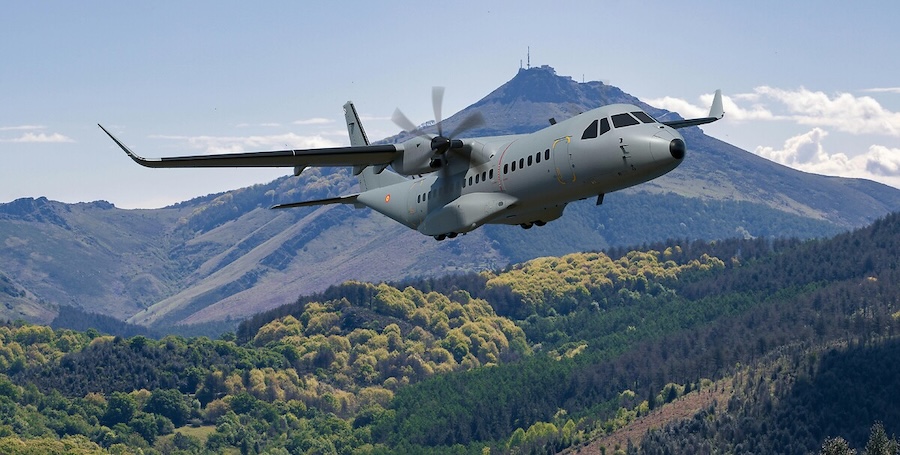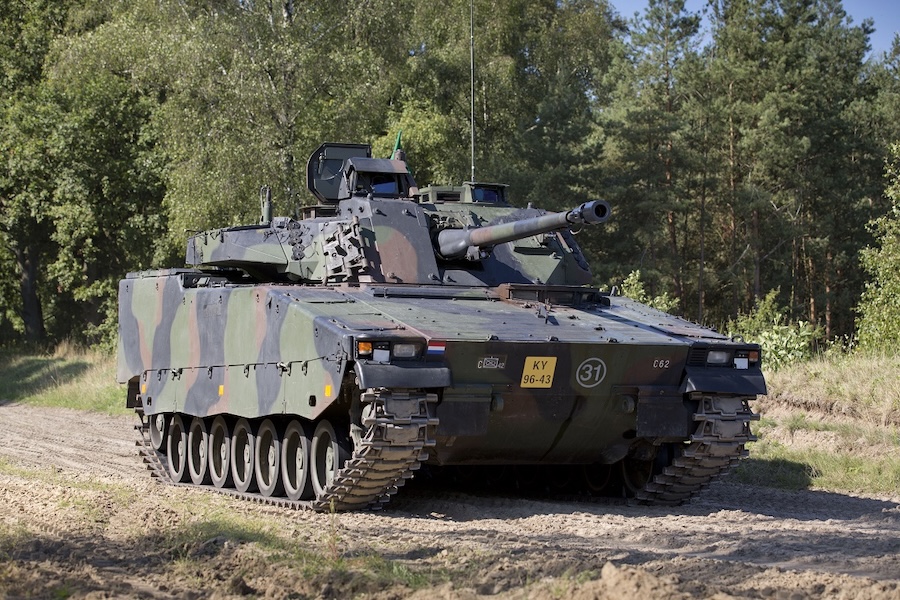Long recognised as a vital transit corridor and early warning zone, the GIUK gap holds continuing strategic importance for NATO operations in the North Atlantic. By operating directly from the Nordic region, NISRF improves its ability to maintain situational awareness and ensure freedom of operation in this key area.
“This first GIUK mission out of Finland reflects how far we’ve come in developing and applying NATO’s ISR capability,” said Brigadier General John B. Creel, Commander of NISRF. “It’s a result of close cooperation, adaptability, and constant operational learning,” he stated.
NISRF operates a fleet of five NATO RQ-4D “Phoenix” remotely piloted aircraft, designed for high-altitude, long-endurance surveillance missions. These aircraft are equipped with a multi-platform radar technology insertion programme (MP-RTIP) and synthetic aperture radar (SAR) ground surveillance sensors, as well as an extensive suite of line-of-sight and beyond-line-of-sight, long-range, wideband data links.
The mission follows NISRF’s recent deployment to Finland and builds on operational experience gained there. While the RQ-4D Phoenix typically operates from its home base in Sigonella, Sicily, the use of forward locations like Pirkkala allows it to extend its operational reach and remain longer in areas of interest.
The Phoenix’s unmatched endurance and surveillance capabilities are only part of the overall ISR system, which relies heavily on expert analysts to turn data into actionable intelligence. This human component ensures that raw information is processed, interpreted, and used to support strategic and operational decision-making within NATO.






